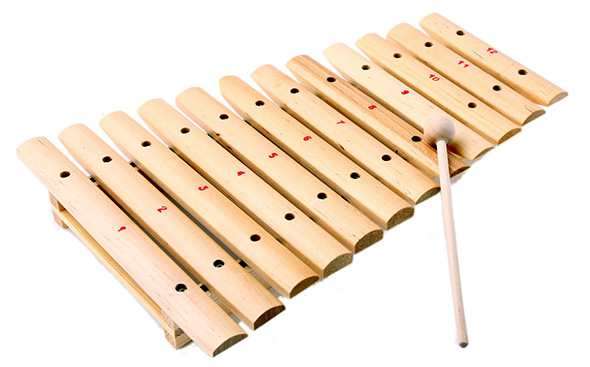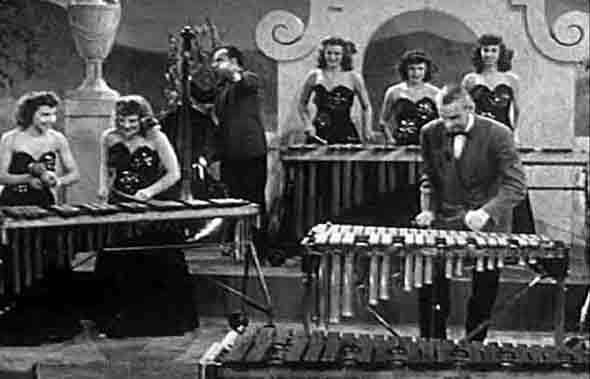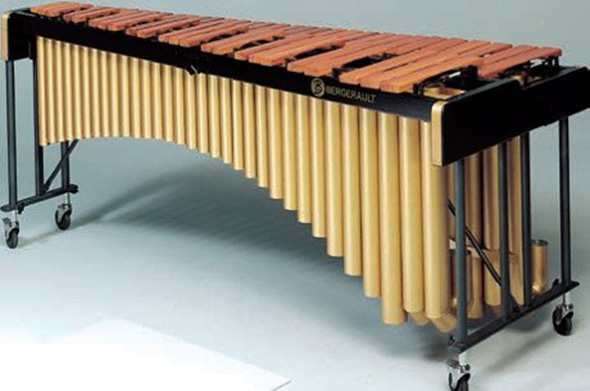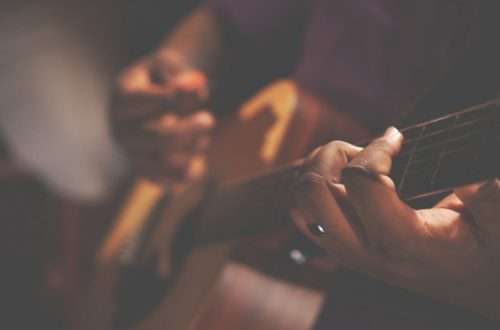
History of the xylophone
Xylophone – one of the most ancient and mysterious musical instruments. Belongs to the percussion group. It consists of wooden bars, which have different sizes and are tuned to a certain note. The sound is produced by wooden sticks with a spherical tip.

The xylophone appeared about 2000 years ago, as evidenced by the images found in the caves of Africa, Asia and Latin America. They depicted people playing an instrument that looked like a xylophone. Despite this, the first official mention of it in Europe dates back only to the 16th century. Arnolt Schlick, in his work on musical instruments, described a similar instrument called the hueltze glechter. Due to the simplicity of its design, it won recognition and love among itinerant musicians, as it was light and easy to transport. Wooden bars were simply tied together, and sound was extracted with the help of sticks.
In the 19th century, the xylophone was improved. A musician from Belarus, Mikhoel Guzikov, increased the range to 2.5 octaves, and also slightly changed the design of the instrument, placing the bars in four rows. The percussion part of the xylophone was located on the resonating tubes, which increased the volume and made it possible to fine-tune the sound. The xylophone received recognition among professional musicians, which allowed him to join the symphony orchestra, and later, to become a solo instrument. Although the repertoire for him was limited, this problem was solved by transcriptions from the scores of the violin and other musical instruments.
The 20th century brought significant changes to the design of the xylophone. So from a 4-row, he became a 2-row. The bars were located on it by analogy with the keys of a piano. The range has been increased to 3 octaves, thanks to which the repertoire has significantly expanded.

Construction of the Xylophone
The design of the xylophone is quite simple. It consists of a frame on which bars are arranged in 2 rows like piano keys. The bars are tuned to a certain note and lie on a foam pad. The sound is amplified thanks to the tubes that are located under the percussion bars. These resonators are tuned to match the tone of the bar, and also greatly expand the timbre of the instrument, making the sound brighter and richer. Impact bars are made from precious woods that have been dried for several years. They have a standard width of 38 mm and 25 mm in thickness. The length varies depending on the pitch. The bars are laid out in a certain order and fastened with a cord. If we talk about sticks, then there are 2 of them according to the standard, but a musician, depending on the level of skill, can use three or four. The tips are mostly spherical, but sometimes spoon-shaped. They are made of rubber, wood and felt which influence the character of the music.

Tool types
Ethnically, the xylophone does not belong to a particular continent, as references to it are found during excavations in various parts of the globe. The only thing that distinguishes the African xylophone from its Japanese counterpart is the name. For example, in Africa it is called – “Timbila”, in Japan – “Mokkin”, in Senegal, Madagascar and Guinea – “Belafon”. But in Latin America, the instrument has a name – “Mirimba”. There are also other names derived from the initial – “Vibraphone” and “Metallophone”. They have a similar design, but the materials used are different. All these instruments belong to the percussion group. Performing music on them requires creative thinking and skill.





